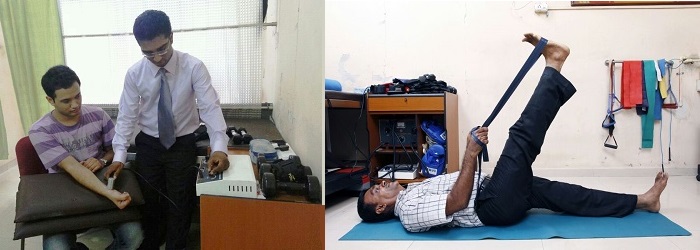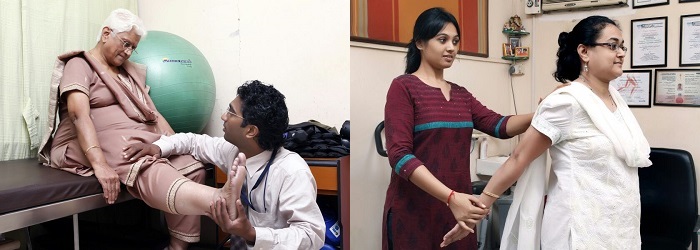1. FROZEN SHOULDER
In a frozen shoulder, there is a significant loss of range of motion in all directions. Shoulder stiffness and pain is often misdiagnosed as frozen shoulder. A thorough evaluation might reveal a ignored spinal element in some of these cases. Treating the root cause of the shoulder pain is thus imperative, before jumping onto the diagnosis of frozen shoulder.
True Frozen shoulder is the result of diabetes, inflammatory changes or prolonged immobility following injury or surgery. In some cases, scarring of the tissue occurs to such an extent that surgical release is the only option left, after conservative management has been explored enough.
2. ARTHRITIS
It is a group of conditions, in which the joints get inflamed. Osteoarthritis, rheumatoid arthritis, and other polyarthritic conditions are caused by different cases. Each needs to be tackled by its own mode of treatment after detailed clinical assessment, backed by investigations if necessary.
3. OSTEOPOROSIS and OSTOPENIA
In osteoporosis, there is a reduction in the density of bone mass. Initially, there may be no signs and symptoms, but gradually over the years, the patients might start complaining of diffuse aches and pains in the joints. If osteoporosis in left untreated, it could progress silently and lead to increased susceptibility to fractures.
Ostopenia is a similar but less severe condition. Along with the medications as prescribed by the doctor, weight bearing exercise protocol as prescribed by the physiotherapist helps in overall strengthening and faster recovery of the patient.
4. JOINT REPLACEMENT PHYSIOTHERAPY (Pre and Post)
Pre operative initial exercises are performed to improve overall joint condition. Pre-surgical physiotherapy helps patients recover faster post surgery, as the muscles are already stronger before going to surgery. Post-surgery physiotherapy aims at getting the patient back to optimal functional ability at the earliest.
Often, Surgeons prefer to manage their patients conservatively, by coordinating with the physiotherapist.


